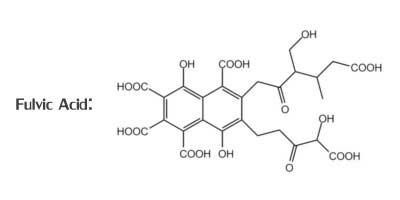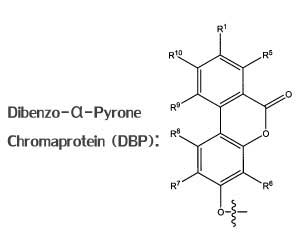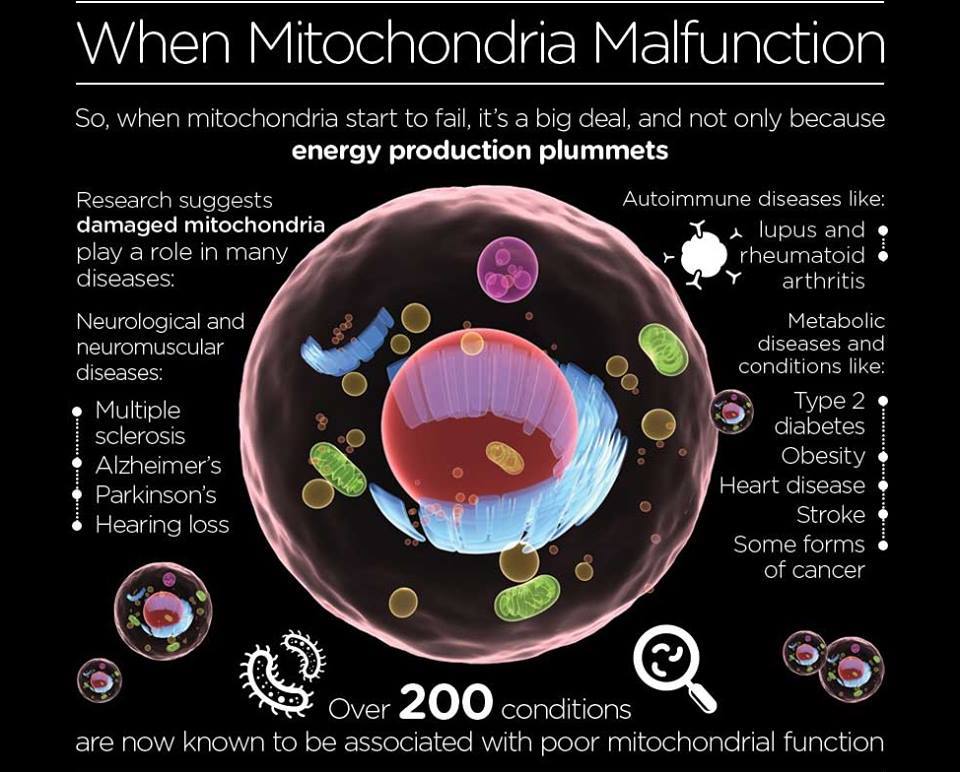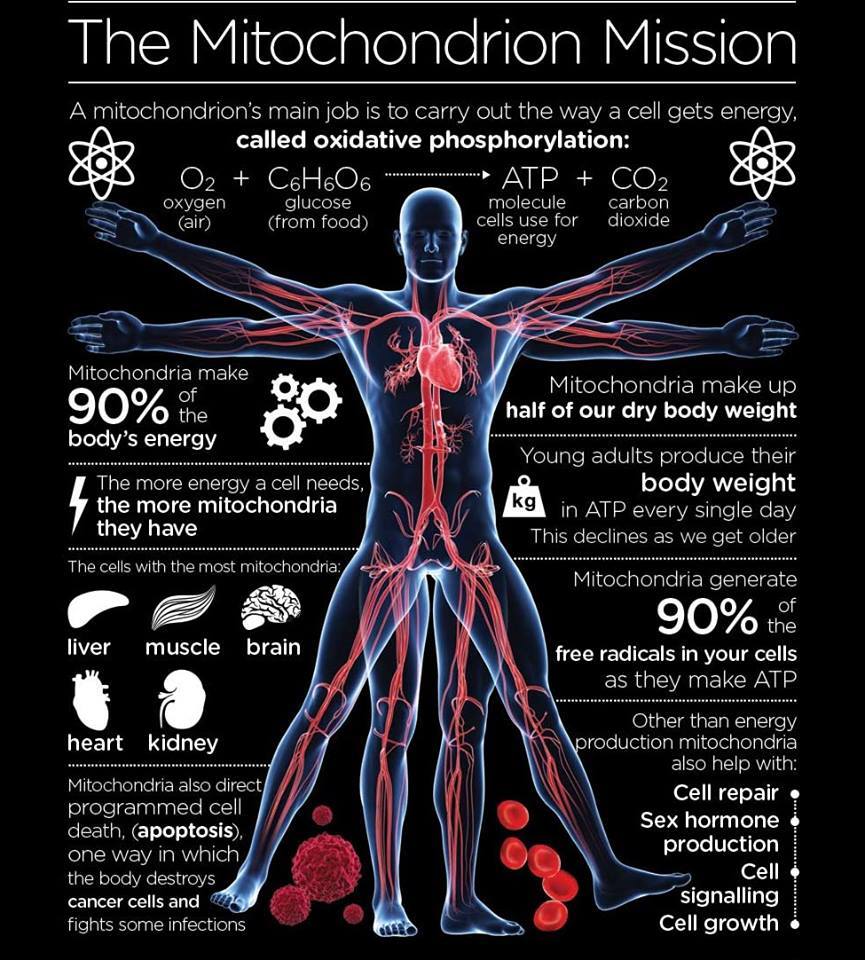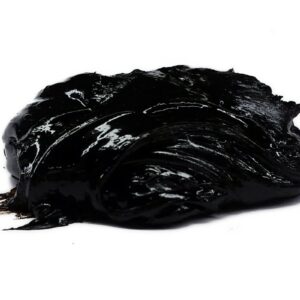Shilajit
Shilajit is a rich complex of biologically active substances, mainly of humic substances, including fulvic acid, that account for around 60-80 percent of the total nutraceutical compound. These substances are able to facilitate a variety of metabolic processes in the body, as well as activates biological process of cells and tissues. Such combination of organic and mineral compounds defines a wide range of Shilajit valuable properties.
As we know, human body does not create minerals on its own, so we must obtain them through our diet. Shilajit is abundant in over 85 natural ionic plant-based trace minerals, amino acids, phytonutrients, humic acid and naturally occurring concentrations of fulvic acid. Many of these vital minerals and trace elements are needed by our body for the growth of entirely new cells. Fulvic acid acts as a catalyst to help transport these mineral molecules at a cellular level, and absorb them deep into the body. These actions may then produce overall revivification of the entire system and may offer subsequent health benefits over a lifetime.
Biochemical composition of Shilajit
Essential and non essential amino acids (glutamic acid, glycine, histidine, phenylalanine, methionine, threonine, tryptophan, isoleucine, lysine, arginine, valine, aspartic acid, etc.), monounsaturated and polyunsaturated fatty acids (oleic, petroselinic, linoleic, linolenic, etc.), phospholipids, organic acids (hippuric, benzoic, adipic, succinic, citric, oxalic, lichen, kojic, tartaric, etc.), essential oils, resins, resinous substances, steroids, alkaloids, enzymes, chlorophyll, tannins, coumarins, terpenoids, carotenoids, flavonoids (including rutin, B1, B2, B3, B6, B12) and about 60 macro and micro elements (iron, calcium, magnesium, potassium, copper, zinc, selenium, silicon, manganese, phosphorus, sulfur, sodium, chromium, silver, cobalt, nickel, etc.).
In order to simplify things a bit, now we will only talk about the main components of Shilajit which appear to have the highest biological activity. These are dibenzo-α-pyrone Chromaproteins (DBPs) and fulvic acids (FA) with DBP cores.
Fulvic Acids
Fulvic acid (FA) is one of the main components of Shilajit. It is a humic acid created as a result of millions of microbes breaking down decaying plant matter during a process called humification. Fulvic acid is a very complex molecule and contains a variety of functional groups, including carboxylic groups; this appears to allow Fulvic Acid to easily complex with cationic substances. Fulvic Acid’s complexing ability potentially explains quite a lot of Shilajit’s benefits. To begin with, fulvic acid demonstrates excellent bioavailability and blood brain barrier (BBB) permeation; this allows it to act as a very effective delivery mechanism for the compounds it complexes with. In the case of Shilajit derived fulvic acid, it appears to complex readily with DBPs, thus it acts as a delivery mechanism for them to various parts of the body including the brain. Furthermore, the carboxylic groups in Fulvic Acid appear to strongly support the complement immune system. This system is composed of various precursor zymogens, which circulate throughout our body and are completely inactive. However our innate and adaptive immune system can activate these precursor zymogens.
Besides being a natural anti-inflammatory, fulvic acid also provides significant antioxidant benefits. However, the main antioxidant benefits in Shilajit appears to be from DBPs. As we’ve discussed earlier, fulvic acid readily complexes with DBP, and by doing this transports it to various parts of the body including the brain. Most importantly, it seems to be able to get DBPs to a location most antioxidants don’t seem the reach; mitochondria. This is arguably the most important location in which you’d want to have a proper antioxidant defense system set up, because the mitochondria produce most of our cells energy currency called adenosine triphosphate (ATP). During the process of producing ATP, significant amounts of reactive oxygen species (ROS) are produced. These ROS can inflict serious oxidative damage on the mitochondria when not properly dealt with by an antioxidant defense mechanism. When this happens, we are basically cutting off the energy supply of our cells. On top of this, the more active a cell is, the greater the chance for mitochondrial dysfunction is, so this is bad news for high-energy demand neural and muscle tissue. Luckily the DBPs found in Shilajit appear to be strong mitochondrial targeted antioxidants. By preserving mitochondrial function, these DBPs may ultimately even elevate ATP levels in our cells!
Since Shilajit is rich in fulvic acid, a strong antioxidant and anti-inflammatory, it also protects against free radicals and cellular damage. Because it’s able to improve how our cells take up things like antioxidants and electrolytes, fulvic acid has become popular for slowing down aging, improving digestive health and protecting brain function. Due to its unique chemical structure, it’s able to fight free radical damage that contributes to the process of aging and nearly every chronic disease there is. Fulvic acid makes nutrients more absorbable, supports brain health, and makes it easier for your body to cleanse itself of chemicals, toxic metals, and harmful compounds that negatively affect your health.
More valuable properties of Shilajit
- Provides energy and revitalization
- Improves digestion and nutrient absorption
- Improves gut health
- Promotes brain health
- Protects cognitive health
- Repairs and protects the skin
- Regulates hormones and immune system
- Lowers free radical damage
- Helps prevent and protect from cancer
- Fights inflammation and viruses
- Helps manage diabetes
- Supports skeletal health
- Alleviates pain response
- Aids in breaking addictions and so on..
Obvious it’s one of the few foundations of human body.
Water Body Health’s Shilajit is collected in Altai Mountains and reaches 75% of fulvic acid.
It’s one of the highest numbers on the market of Shilajit.


